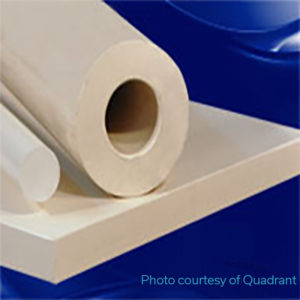Polytetrafluoroethylene (PTFE) is a high molecular weight polymer with excellent thermal and electrical insulation properties, and a low coefficient of friction. It is a highly versatile plastic material useful in a broad range of high technology market segments and products, and its properties can be modified by additives such as glass fiber, carbon, or graphite.
Benefits of PTFE (Polytetrafluoroethylene)
High thermal resistance
Chemical resistant
Very low coefficient of friction
High anti-stick properties
Non-toxic
Available modified and filled
Available in shapes and films
Available in flexible tubing
Technical Resources
- PVC vs CPVC: Which Is Better?
- Polypropylene vs. Polyethylene: How Do They Differ?
- Thermosets vs Thermoplastics: How They Differ
- Homopolymer vs Copolymer
- Plastics Pyramid
- Amorphous vs Semicrystalline
- Fiber Reinforced Panel Alternatives
- How To Choose the Right Plastic for Your Project
- LEXAN™ CLINIWALL™: Next Generation Wall Cladding
- BioPhorum, Polymershapes, and the Future of Material Sterilization
- Design for Manufacturability and Its Importance
- PETG – Markets Served and Industry Applications
Suppliers / Brands
Common Applications
Physical Properties
| Units | ASTM Test | PTFE | |
|---|---|---|---|
| Tensile strength @ break @ 73°F | psi | D638 | 1,960 – 5,100 |
| Flexural modulus @ 73°F | psi | D790 | 50,000 – 90,000 |
| Izod impact (notched) | ft-lbs/in of notch | D256 | 3.5 |
| Coefficient of linear thermal expansion (CLTE) | (in/in F) | D696 | 4.8E-05 to 7.9E-5 |
| Coefficient of friction | D1894 | 0.0 46 – 0.2 | |
| Water absorption – 24 hours – 1/8″ thick | 0.036 – 0.11% | D570 | 0.0 – 0.01 |
| Deflection Temperature Under Load @ 264 psi | °F | D648 | 145 |
* Technical Data is provided courtesy of UL Prospector (www.ulprospector.com) and IAPD (www.IAPD.org).
Data is to be considered representative and is provided for guidance only. All product performance must be verified by the user under actual application conditions.

 Aerospace
Aerospace
 Automotive
Automotive
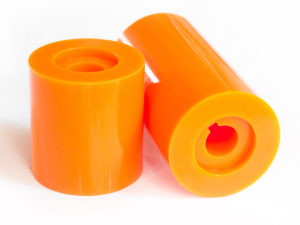 Bearings & Bushings
Bearings & Bushings
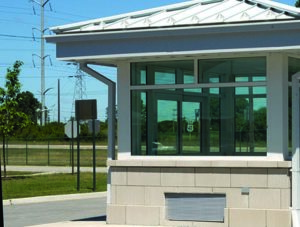 Building & Construction
Building & Construction
 Chemical Processing
Chemical Processing
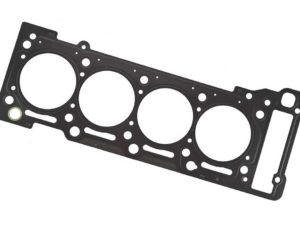 Die Cutters
Die Cutters
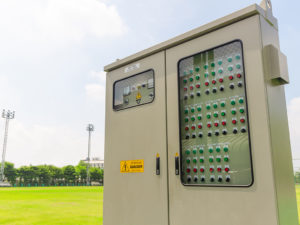 Enclosures
Enclosures
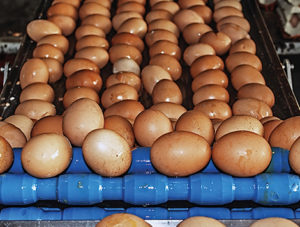 Food & Beverage Preparation/Processing
Food & Beverage Preparation/Processing
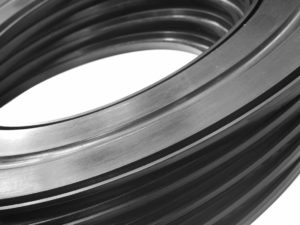 Gaskets & Seals
Gaskets & Seals
 Heavy Equipment
Heavy Equipment
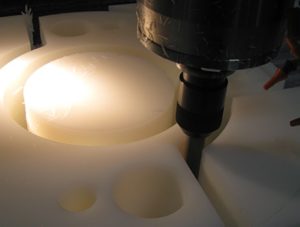 Machine Shops
Machine Shops
 Milling & Mining
Milling & Mining
 Oil & Gas
Oil & Gas
 Packaging & Conveying Equipment
Packaging & Conveying Equipment
 Valves & Fittings
Valves & Fittings
